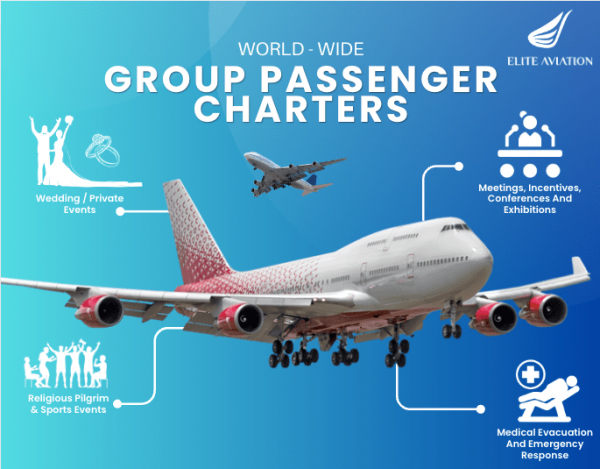[ad_1]
President Eisenhower’s Columbine II—America’s first Air Force One—has enjoyed a storied life in the skies and was recently restored by its current owner.
But there was a time when its future looked grim.
After just two years of sitting idle, the Air Force was ready to scrap it—literally. In fact, Columbine II was bundled into a five-plane package deal and auctioned off for a bargain price. Here’s how the historic aircraft fared on the auction block.
Columbine II’s Retirement
The Columbine II is a 1948 Lockheed Constellation VC-121A, serial number 48-610. It was Eisenhower’s first Air Force One plane, but he only used it for one year before upgrading to the Lockheed Constellation VC-121E, which he renamed ‘Columbine III.’
For the rest of Eisenhower’s presidency, Columbine II would be used by Vice President Richard Nixon and other very important people, such as Queen Elizabeth II. After Eisenhower’s time in office, the plane was still active with the Air Force until 1968.
The Air Force stored the Columbine II at Arizona’s Davis-Monthan Air Force Base. Somebody replaced its starboard main gear at some point while in storage with one from a Lockheed 1049 Super Constellation. Base officials were thinking of using this plane as a crop duster, but because of the incorrect landing gear configuration, they couldn’t use it at all.

An Air Force One for $35,000
During an auction in 1970, the Air Force sold the Columbine II in a bundle with the five Constellation VC-121As. The Air Force did not inform anybody ahead of time that the first Air Force One was part of the lot, which likely explains why the highest bid was only $35,000—that’s $7,000 per plane.
The cost of $35,000 in 1970 equates to around $290,000 today. By comparison, flying cars from Xpeng and Alef are expected to cost around $300,000 apiece.
The winning bidder was Mel Christler, a former World War II pilot, flight instructor, and businessman from Wyoming who intended to turn the planes into crop dusters. Christler managed to turn the four other Constellations into crop dusters, but like before, the Columbine II had the wrong landing gear attached.
The owner used the Columbine II to supply four other Constellation VC-121As with parts throughout the 1970s. Christler then thought about scrapping the plane and selling it for parts.
However, an unexpected phone call in 1980 changed the aircraft’s trajectory.
On the other end of the line was a Smithsonian researcher, who informed Christler that the plane was the original Air Force One. Upon hearing this, Christer changed plans and kept the plane from going to the scrapyard.

Christler’s son Lockie recalled the revelation in a 2016 interview:
‘The first time we saw it, we obviously didn’t realize whose plane it was. But when you find out it was Eisenhower’s, now you’re stuck with it. You have a presidential plane you can’t melt up because people wouldn’t think very highly of you.’
Columbine II Flies Again
Christler, however, did attempt to sell the aircraft but didn’t find any takers due to its condition. A man named Harry Oliver talked him out of melting the aircraft, and the two invested $150,000 in restoring it to its former glory.
By 1990, the plane was in working condition once more and made the flight to a ceremony in Abilene, Kansas, celebrating Eisenhower’s 100th birthday.
Christler and Oliver have since been able to lease the aircraft several times before Karl Stoltzfus, founder of Virginia-based Dynamic Aviation, outright purchased it in 2015.
Today, the first Air Force One is undergoing a complete overhaul, with the promise of being restored to “as new” condition—comparable to, or even better than, when it first left the factory.
The restoration team began by removing obsolete systems that would no longer be used, such as pressurization, autopilot, and deicing. From there, the process moved systematically: the engines are being overhauled, the aircraft is receiving all-new wiring, and hydraulic lines are being completely replumbed. When finished, the aircraft will appear factory-fresh inside and out.
Inside the cabin, however, the team is working to recreate the aircraft’s 1950s-era layout with striking authenticity. Eisenhower’s granddaughter, Mary Jean Eisenhower, is contributing to the project by providing family photos and personal insights from their time aboard. The result will be an immersive experience, allowing visitors to walk through the president’s office, view the cockpit, and gain a deeper appreciation for this aircraft’s role in shaping global history.
For more information on the first Air Force One, visit firstairforceone.org.
[ad_2]
Source link


